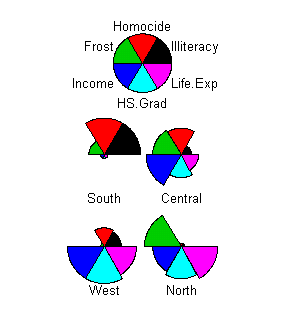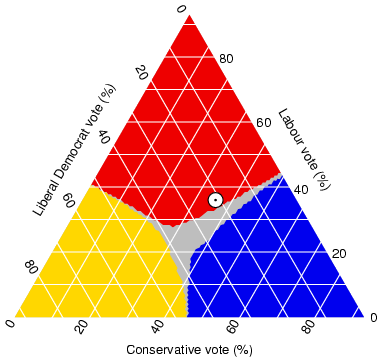 After taking another look at what a statistical map is really about, I realized that the one I first posted does not really qualify. However, based on the definition from our slides, this map (aka cartogram) can be called statistical because the shape and size of each country is based on a statistic - percentage of the population who are female agricultural workers. It looks like most of them are concentrated in undeveloped or developing countries while developed countries like the US have a lower percentage. This website has a great collection of this type of map.
After taking another look at what a statistical map is really about, I realized that the one I first posted does not really qualify. However, based on the definition from our slides, this map (aka cartogram) can be called statistical because the shape and size of each country is based on a statistic - percentage of the population who are female agricultural workers. It looks like most of them are concentrated in undeveloped or developing countries while developed countries like the US have a lower percentage. This website has a great collection of this type of map.Link to website source:
http://ifyouonlyreadonethingthisweek.wordpress.com/2007/11/01/world-mapper-re-invisioning-the-world/
















































